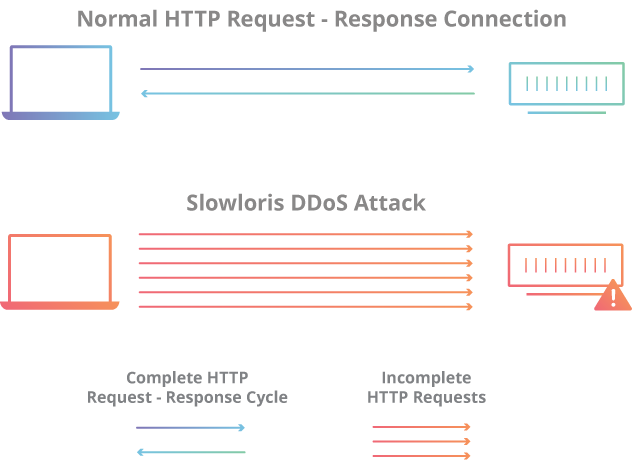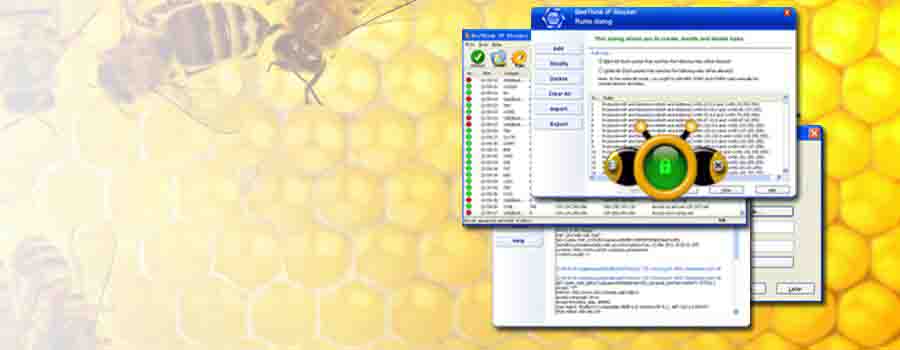

(One online forum ad offered the use of a botnet with 80,000 to 120,000 infected hosts for $200 per day.) Mitigating DDoS Attack Threats Large botnets can often be rented for as little as $100 per day. However, some larger, more advanced botnets-BredoLab, Conficker, TDL-4, and Zeus, for example-have been estimated to contain millions of machines. Many botnet owners have attempted to scale down networks to avoid detection. Botnet owners, or “herders,” can control the machines in the botnet using a covert channel, such as IRC, issuing commands to perform malicious activities such as DDoS attacks, distribution of spam mail, and information theft. Botnets are large collections of compromised computers, often referred to as “zombies,” that are infected with malware that allows an attacker to control them. Regardless of the DDoS attack tools used, the ability to launch an attack from hundreds, thousands, or millions of computers significantly amplifies the potential of that attack to cause denial of service, which is why botnets are common DDoS attack tools used. Afterward, Anonymous broadcast a clear message across IRC channels: “Do NOT use LOIC.” However, LOIC doesn’t obscure its users’ IP addresses, and this lack of anonymity led to the 2011 arrest of LOIC attackers around the world. This configuration enabled much more effective DDoS attacks.

LOIC was later given its “Hivemind” feature, allowing any LOIC user to point a copy of LOIC at an IRC server and transfer control of that server to a master user who can then send commands over IRC to every connected LOIC client simultaneously. However, Anonymous used the open-source tool to launch coordinated DDoS attacks. LOIC’s original developers, Praetox Technologies, intended the tool to be used by developers who wanted to subject their own servers to heavy network traffic loads for testing purposes. “Hacktivist” group Anonymous’ initial tool of choice, Low Orbit Ion Cannon ( LOIC) is a simple flooding tool that can generate massive volumes of TCP, UDP, or HTTP traffic to subject a server to a heavy network load.

Here are seven of the most common - and most threatening - specialized DDoS attack tools.
#DDOS ATTACK TOOL FREE DOWNLOAD PATCH#
By releasing such DDoS tools publicly, gray hat hackers force software developers to patch vulnerable software in order to avoid large-scale attacks. Other DDoS attack tools such as Slowloris were developed by “gray hat” hackers whose aim is to direct attention to a particular software weakness. Some of the newer DDoS tools such as Low Orbit Ion Cannon (LOIC) were originally developed as network stress testing tools but were later modified and used for malicious purposes. Specialized DDoS attack tools have since evolved to target multiple platforms, rendering DDoS attacks more dangerous for targets and much easier for hackers to carry out. For example, DDoS tools such as Trinoo and Stacheldraht were widely used at the turn of the century, but these DDoS tools ran only on the Linux and Solaris operating systems. Just as the network security and hacking world is continually evolving, so too are the DDoS attack tools used to carry out distributed denial of service (DDoS) attacks.


 0 kommentar(er)
0 kommentar(er)
